Wireless Encrypted Security Systems
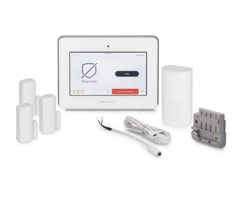
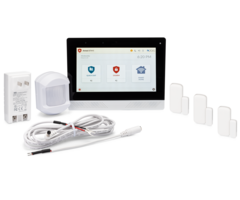
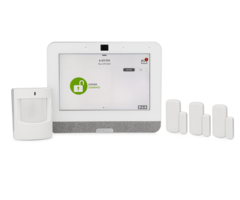




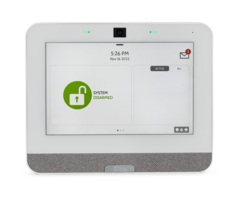
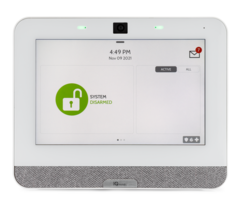

In the advanced digital age, smart intruders have come up with new methods for trying to beat security systems. They will actually use wireless software to hack into a user's security system and control it unlawfully. If successful, an intruder will actually be capable of gaining complete control over the wireless system. They can then Disarm the system or disable it entirely and gain free entrance into the building. Fortunately, alarm manufacturers caught on quickly and began offering wireless encrypted security systems.
Many users feared wireless takeover attempts for a long time. People would actually purchase hardwired systems over wireless systems because they felt they were more secure. After all, a hardwired system is immune to wireless hacking attempts. But hardwired systems are more difficult to install. In the age of the DIY user, it became necessary to create easy to install wireless systems that were virtually impossible for others to takeover or hack. Alarm manufacturers responded with wireless encrypted alarm panels.
Most encrypted systems are backwards compatible with some uni-directional legacy sensors. These uni-directional devices do not offer encrypted, and they instead operate as standard non-encrypted devices. But what makes these panels unique is that they are compatible with specially designed encrypted sensors. For instance, the Honeywell Lyric has the SiX Series Sensors. And the Qolsys IQ Panel 2 Plus has the S-Line Sensors. And the 2GIG GC2e and GC3e have 2GIG's lineup of encrypted sensors. There are many examples.
Some users may wonder how encryption for wireless communication works. The explanation can get pretty technical. There are actually multiple methods of encryption. Each method work to keep transmitted information safe. Some sensors use an encryption key that is only known by the panel with which it is programmed. Without this key, the signal won't go through. Other sensors become synced with the panel so that a rolling code is used. Only that panel and that specific sensor will know what the next rolling code transmission will be.
A common theme with encrypted communication is that the panel and the sensors are conducting back and forth bi-directional communication. Commands will only be accepted if an encryption key or rolling code is successfully provided. With a non-encrypted wireless sensor, the intruder can disrupt the transmission and input their own commands. All communication is uni-directional. Although it is rare for an intruder to wirelessly hack into a system, it does happen. Users who want an extra level of wireless protection can know that their system is protected against these hacking attempts with encrypted sensors.
Remember, wireless encrypted systems only use encryption with specific sensor. If the system is supporting uni-directional legacy sensors, those devices will just work an non-encrypted devices. Many systems have a mixture of encrypted and non-encrypted sensors based on what equipment the user has around. But if you want an entirely encrypted wireless system, then you will need to select sensors that specifically use encryption. Alarm Grid planners can help you design the perfect encrypted system if needed.
